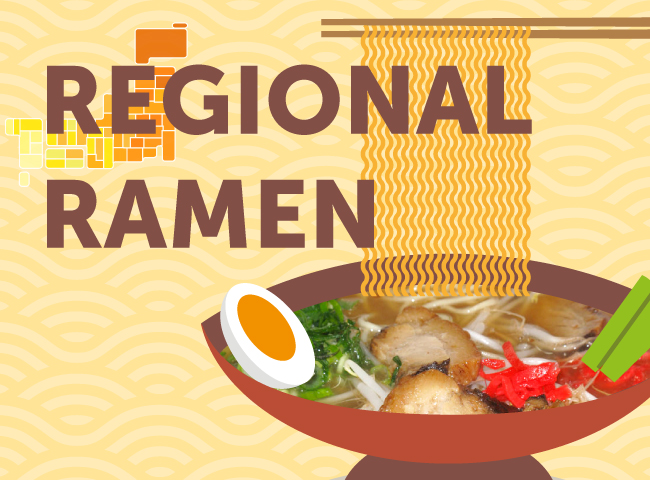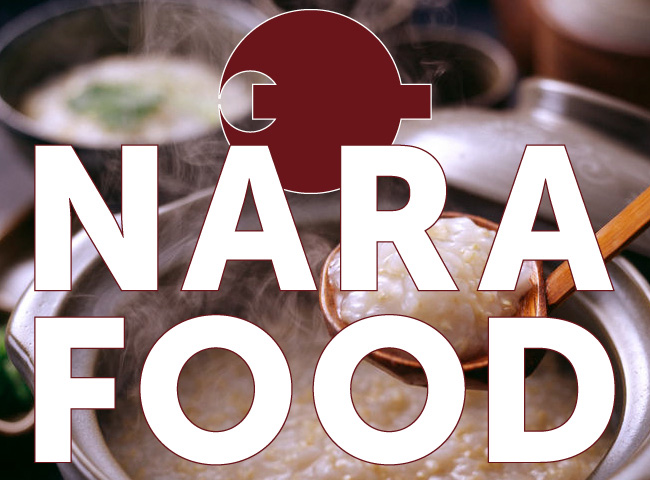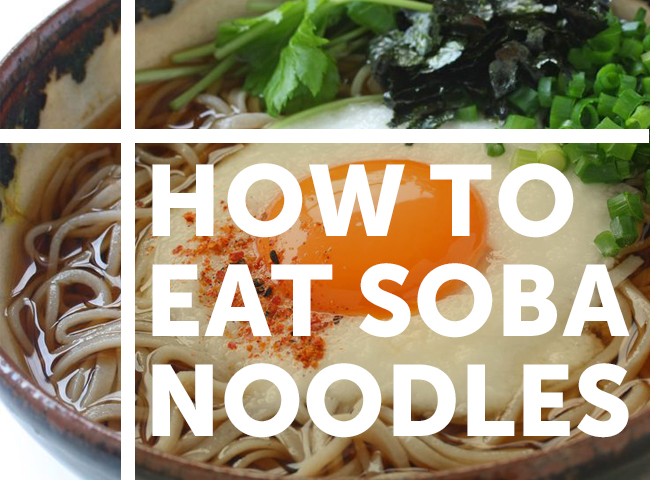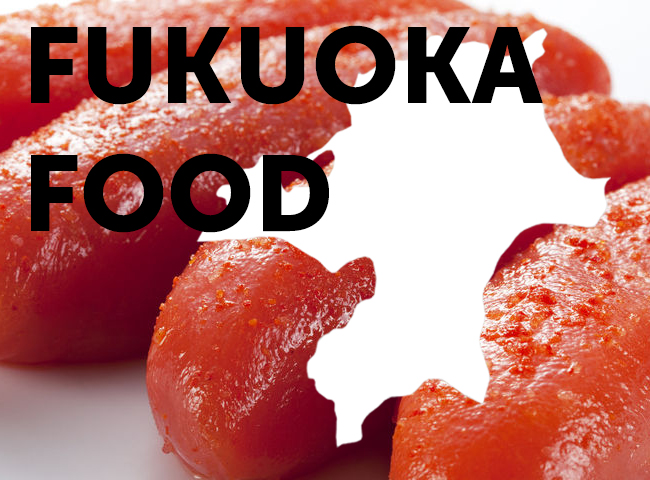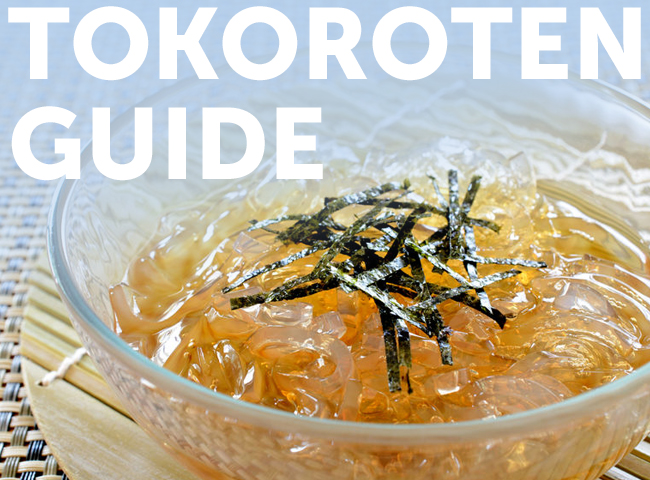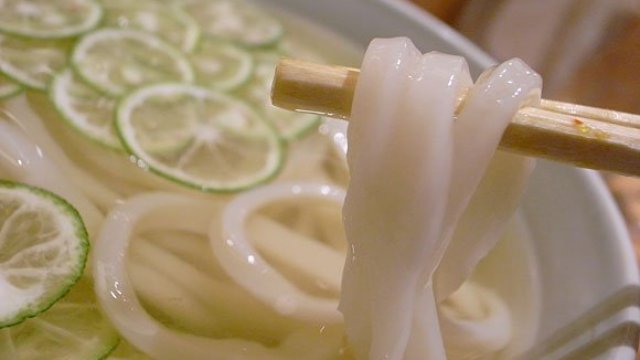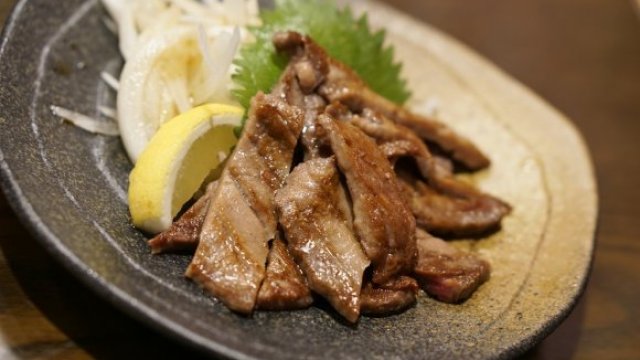Udon Noodles: Your Guide to Choosing the Perfect Slurp
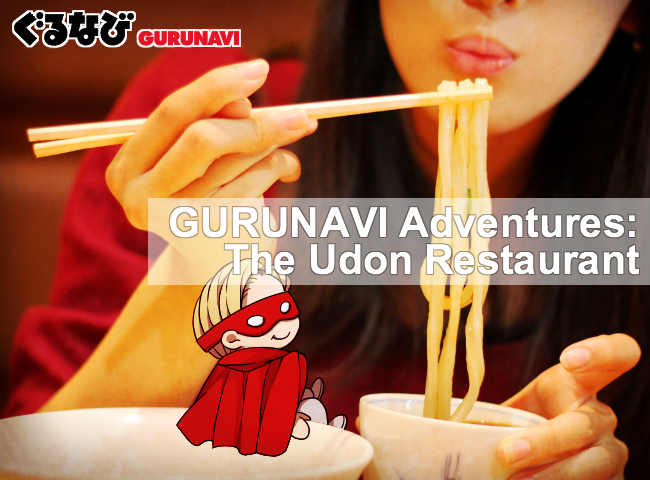

6 Unique Styles of Udon Noodles
There are almost an endless number of topping combinations for udon, but what most people don’t know is that what really makes udon noodles special is how they’re cooked and served before the toppings are added.
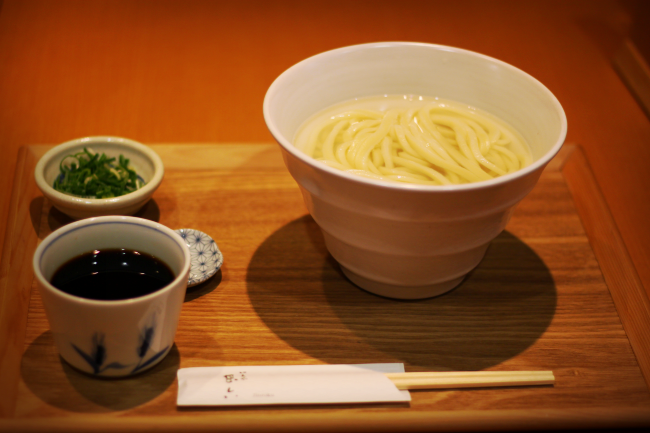
1. Kake Udon
The first kind is kake udon, which is warm udon served in a warm broth. With kake udon, the noodles are first boiled and then quickly shocked with cold water to stop them from cooking. The noodles are then warmed in hot water and finally added to a Kansai-dashi broth.
If you don’t know what Kansai-dashi broth is, it’s a broth made using konbu seaweed, dried fish, mushrooms and light soy sauce. As the name suggests, this style of soup base is popular in Kansai (the area around Osaka). Kanto-dashi broth, on the other hand, focuses on extracting the flavors from bonito flakes and is seasoned with regular soy sauce instead of light soy sauce.
2. Kamaage Udon
The second kind is kamaage udon, which is warm udon that you dip in cold sauce called tsuyu. With kamaage udon, the cooked udon is served in a bowl with some of the cooking water along with a separate bowl filled with a very strong dashi tsuyu. You eat this style of udon by dipping the noodles into the sauce and then slurping them into your mouth.
Because the cooked udon is never rinsed with cold water, kamaage udon has a distinct chewy texture.
3. Yudame Udon
The third kind is yudame udon, which is also warm udon that you dip in tsuyu. Yudame udon is very similar to kamaage udon, but with one important difference in the cooking process. With yudame udon, the cooked noodles are rinsed under cold water, and then warmed again in hot water before serving. This extra step of rinsing the noodles in cold water makes yudame udon not only chewy, but also gives it a firmer bite.
4. Bukkake Udon
The fourth kind is bukkake udon, which can be cold or warm udon that you submerge in cold tsuyu. With cold bukkake udon, the cooked noodles are shocked with cold water, put into a large bowl, and then a strong dashi tsuyu is poured over the noodles. With warm bukkake udon, an extra step is added of reheating the shocked noodles in the hot water.

5. Kama-Bukkake Udon
The fifth kind is kama-bukkake udon, which can also be cold or warm udon that you pour cold tsuyu over. What makes kama-bukkake different than regular bukkake udon is that there is an extra step in cooking the noodles. Because cooked udon isn’t rinsed in cold water, kama-bukkake udon has a distinct chewy texture similar to kamaage udon.
6. Shippoku Udon
The sixth kind is shippoku udon, which is warm udon served in a warm broth. In certain areas of Japan, like Kagawa Prefecture, udon that has been cooked, shocked with cold water, and then reheated is served with a dashi broth that is simmered with daikon radishes, carrots, taro potatoes and other root vegetables.
How to Eat Udon
Any noodles in Japan, except Western pasta, should be eaten with a slurping sound—no holding back. While bad manners overseas the Japanese people take slurping seriously as it not only helps cool hot noodles as the enter your mouth, but also add an auditory element to the dining experience!
Picking the Right Udon Restaurant
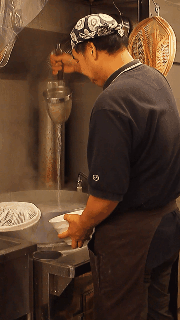
In Japan, there are several ways to get your udon fix. The question is what kind of atmosphere you’re looking for.
Sit-Down Udon Restaurants
Just like any other restaurant, at a sit-down udon restaurant, you are taken to your seat and a waiter then takes your order and brings your food.
Self-Service Udon Restaurants
How much or how far you serve yourself is different from restaurant to restaurant. Some restaurants even let you dig out some vegetables from the backyard garden, some let you cut up the ingredients, and so forth. The most common style to see in Tokyo is set up for you to grab a tray, order the udon from the chef, and then slide th tray down the row, grabbing tempura or any other toppings while you wait for your noodles to cook.
Udon Factory Restaurants
Not all udon restaurants make their own udon, which means there must be udon factories. Some of those factories have begun to serve noodles on site as an answer to customers wanting freshly cooked noodles.
Eating in an udon factory may sound strange, but some are set up to be a sit-down restaurant while others provide nothing but the freshly cooked noodles, requiring you to come prepared with chopsticks, bowl and soy sauce in hand.
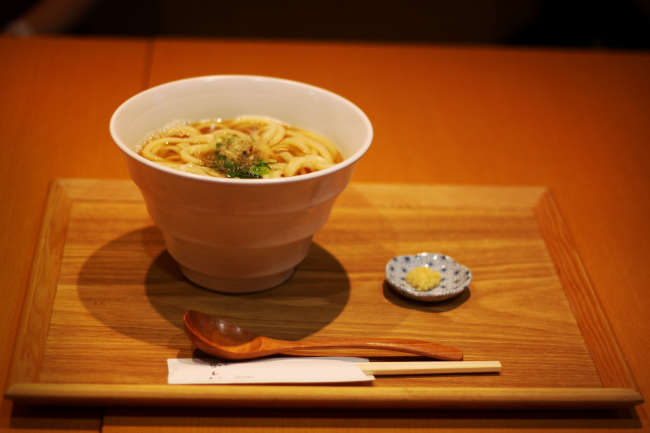
How to Order Udon like a Native
The following words are used often at udon establishments. Most can be used to explain to the chef about what temperature you want the noodles and broth.
Atsu atsu: Both the udon and broth are hot.
Atsu hiya: The udon is hot, but the soup is cold. This combination is the least popular because many people prefer noodles with a good bite. Some people who do not like hot noodle may prefer this style.
Hiya atsu: The udon is cold, but the broth/tsuyu is hot. People living in Kagawa Prefecture like hiya atsu and eat this style quite often. With this combination, it’s easier to enjoy the chewiness of noodles as well as the broth’s aroma.
Hiya hiya: Both the udon and broth are cold.
Sonomama: The udon is not shocked with cold water after being cooked.

With over 1,000 udon restaurants listed on the GURUNAVI Japanese Restaurant Guide Guide, we’re sure you’ll find the perfect slurp wherever you may travel in Japan!




